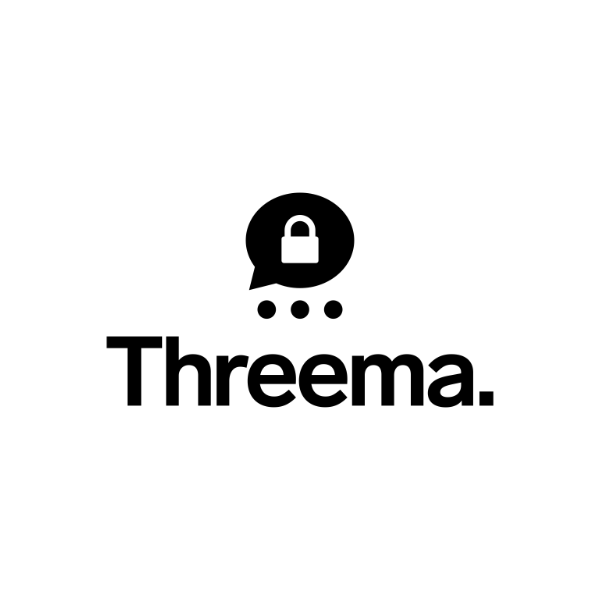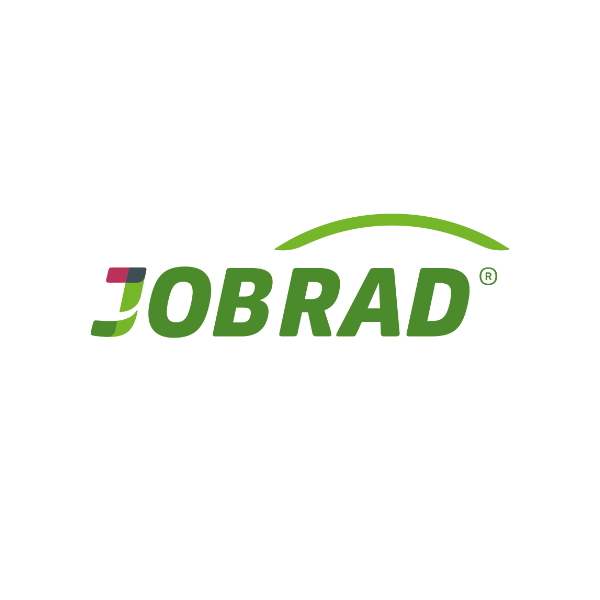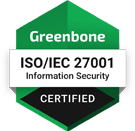Protect Your IT Infrastructure from Hackers and Malware
With the World’s Most Widely Used Open-Source Vulnerability Management System
Every cyberattack must exploit some type of vulnerability to be successful. Greenbone’s mission is to identify IT security vulnerabilities and weaknesses before they can be exploited. We reduce the risk and impact of cyberattacks on companies, organizations, and workplaces by up to 99.9%.
Our Enterprise Vulnerability Management solutions leverage over 200,000+ vulnerability tests, with new tests added daily. As a result, our success rate in uncovering known vulnerabilities (Common Vulnerabilities and Exposures, CVE) is significantly higher than that of our competitors. Greenbone also offers a Web App Scanning Service to gain extra security protection for online services.
Greenbone is available in a line of dedicated hardware appliances, virtual machine (VM) configurations compatible with all popular hypervisors, and as a cloud-native application. The latest addition is our entry-level solution OPENVAS BASIC. With over 50,000 installations and more than 100 partner companies, Greenbone is a globally recognized vulnerability management solution. Try us!
- More than 200,000+ automated vulnerability tests
- 99% less attack surface due to vulnerability management
- More than 15 years of product experience and market acceptance
- Over 100,000 installations worldwide
- More than 150 countries where our solutions are in use
- 9 out of 10 customers keep our solution after the trial phase
- More than 100 sales partners worldwide
- Over 15 years of partnership with the Federal Office for Information Security (BSI)









